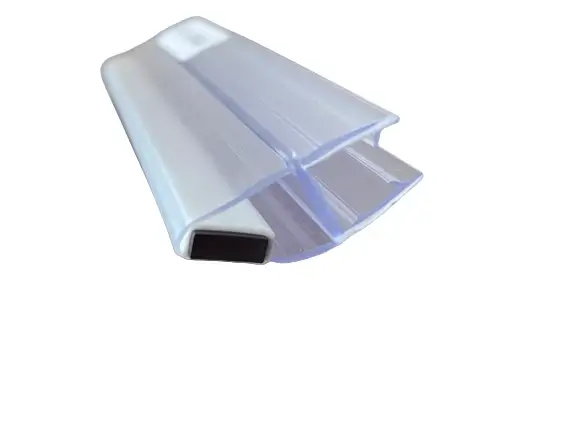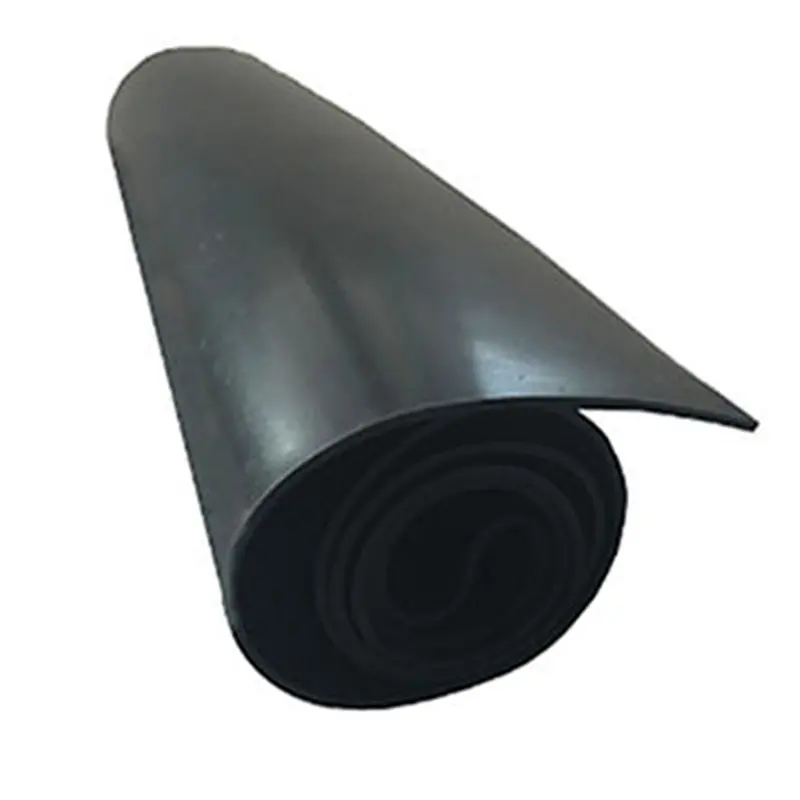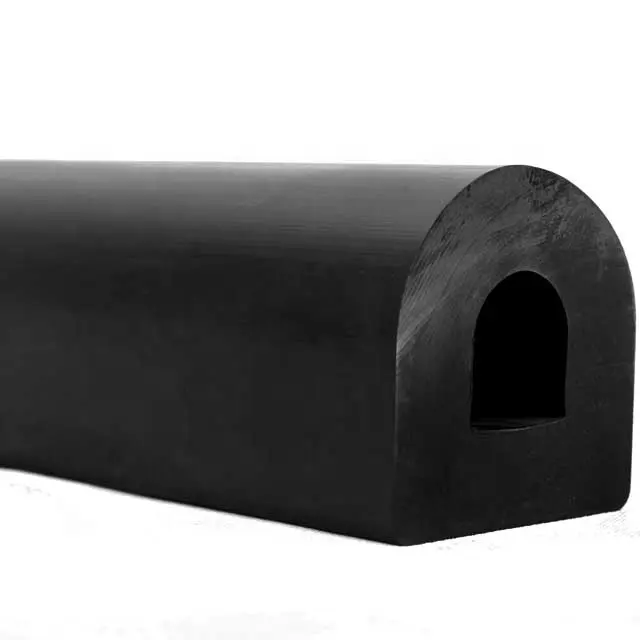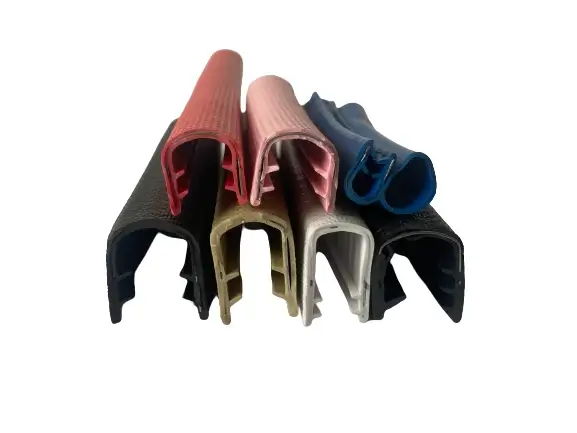Aug . 01, 2024 03:11 Back to list
Effective Solutions for Kitchen and Bathroom Sealing Strips to Prevent Water Damage and Improve Hygiene
The Importance of Kitchen and Bathroom Sealing Strips
When it comes to maintaining a clean and efficient home, one of the most overlooked yet crucial components is the sealing strip in your kitchen and bathroom. These seemingly simple strips, often made from materials like silicone or rubber, play a vital role in ensuring that your spaces remain functional, safe, and hygienic. In this article, we will explore the importance of sealing strips, their benefits, and how to choose and maintain them effectively.
1. Why Sealing Strips Matter
Kitchen and bathroom sealing strips are primarily used to prevent water intrusion, dust, and pests. In areas prone to moisture, such as near sinks, bathtubs, and showers, the risk of water damage is significant. Without proper sealing, water can seep into walls and floors, leading to mold growth, structural damage, and costly repairs. Sealing strips act as barriers, ensuring that water stays where it belongs—inside the fixtures.
Moreover, these sealing strips help to block air drafts, contributing to energy efficiency. An airtight environment reduces heating and cooling costs, potentially saving homeowners a significant amount of money over time. Furthermore, sealing strips can enhance the aesthetic appeal of your kitchen and bathroom by providing a clean, finished look to edges and joints.
2. Types of Sealing Strips
There are various types of sealing strips available in the market, each designed for specific applications
.- Silicone Sealing Strips These are the most common type used in kitchens and bathrooms. Silicone is flexible, durable, and resistant to mold and mildew, making it an ideal choice for moist environments.
kitchen and bathroom sealing strip
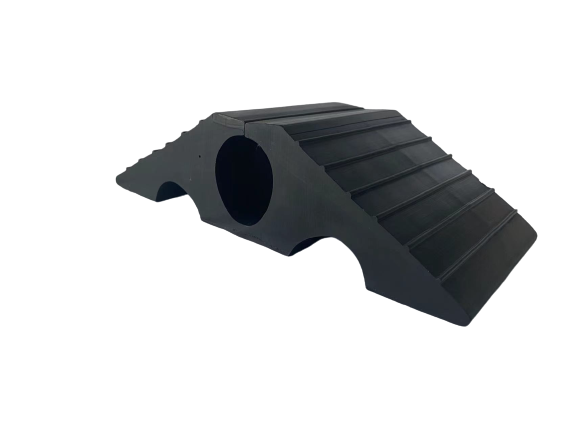
- Rubber Sealing Strips Rubber strips are also popular for their durability and effectiveness in preventing water and air ingress. They are slightly less flexible than silicone but can still provide a strong seal.
- Magnetic Sealing Strips Often used for refrigerator doors and cabinetry, these strips use magnetic force to ensure a tight closure, preventing air leaks and keeping food fresh.
Choosing the right type of sealing strip depends on the specific area where it will be used as well as the intended purpose—whether for water resistance, air sealing, or aesthetic enhancement.
3. Installation and Maintenance
Installing sealing strips is a straightforward DIY project that can make a significant difference in your home's efficiency. It typically involves cleaning the area where the strip will be applied to ensure good adhesion, measuring the length needed, and cutting the strip accordingly. Many sealing strips come with an adhesive backing, making them easy to apply.
Maintenance is equally essential. Regularly inspecting the sealing strips for wear and tear is crucial, especially in high-moisture areas. Signs of deterioration, such as tears or gaps, should be addressed promptly to prevent water damage. It's advisable to replace sealing strips every few years or sooner if you notice significant wear.
4. Conclusion
In summary, kitchen and bathroom sealing strips are essential components that protect your home from water damage, improve energy efficiency, and enhance visual appeal. By understanding their importance, selecting the right type, and ensuring proper installation and maintenance, homeowners can significantly extend the longevity of their fixtures and maintain a comfortable living environment. Investing in high-quality sealing strips is a small yet impactful step toward a safer and more efficient home.
Next:

